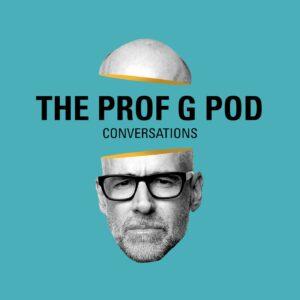
In this episode of Radiolab, the hosts visit a pathology lab at NYU Hospital to explore the discovery of a body part called the interstitium. This network of fluid-filled spaces found all over the body has significant implications for our health and society. Join them as they delve into the fascinating world of the interstitium and its functions.
Dr. Neil Theise, a liver pathologist, made the groundbreaking discovery of the interstitium, a network of fluid-filled spaces in our bodies. This discovery was made possible by advancements in technology and imaging techniques. The interstitium acts as a shock absorber and a conduit for lymphatic fluid, and understanding its functions could have significant implications for our health and society.
The interstitium is being studied in relation to various diseases, including Alzheimer’s, kidney function, and metabolic diseases like diabetes. Researchers hope to gain insights into how infections spread in the body through the interstitium. This newfound understanding could lead to improved treatments and a better understanding of disease mechanisms.
The interstitium is a newly discovered organ-like system in the human body that functions as a unified network. Traditional Chinese medicine has long recognized the importance of fluid and channels in the body, providing a cultural bridge for discussions about medicine. The interstitium’s role as a unified system is still being explored, and it may have far-reaching implications for our understanding of the body’s interconnectedness.
Cancer metastasis, the spread of cancer cells, has puzzled researchers for years. The discovery that cancer cells use channels in the interstitium to spread has challenged previous assumptions and opened up new possibilities for treatment. By targeting these channels, researchers hope to develop strategies to prevent the spread of cancer and improve patient outcomes.
The interstitium serves as a metaphor for the invisible connections in society. Just as the interstitium connects organs and tissues in the body, there are individuals who operate between different organizations in society, often overlooked and undervalued. Recognizing and investing in these connective roles could have positive ramifications for the health of the economy and society as a whole.
The discovery of the interstitium has opened up a new frontier in medical research and our understanding of the human body. Its implications for disease, treatment, and the interconnectedness of our society are still being explored. By delving into the hidden spaces within our bodies, we may uncover new insights that can improve health outcomes and deepen our understanding of what it means to be human.